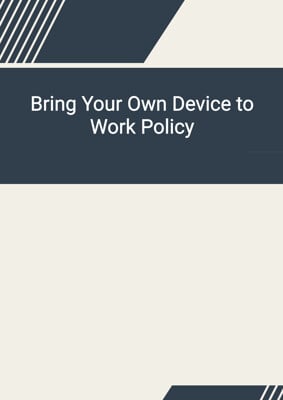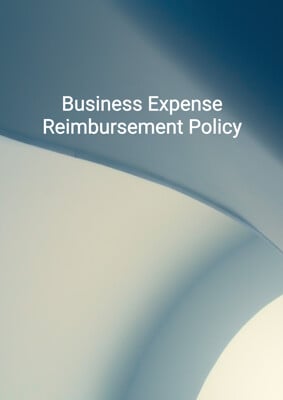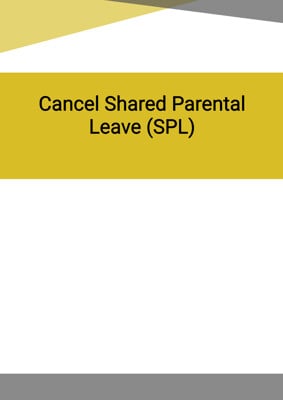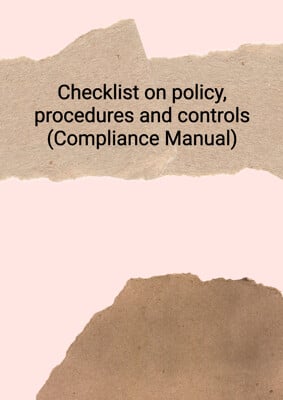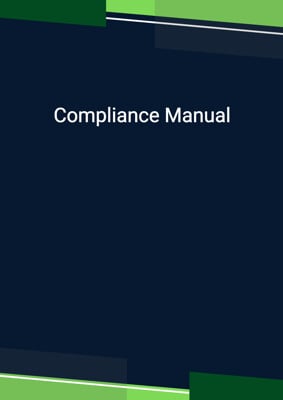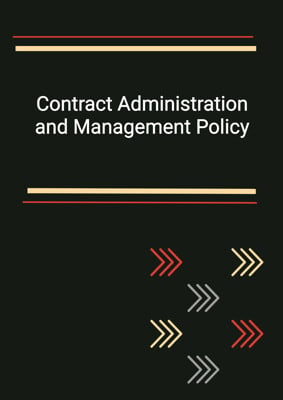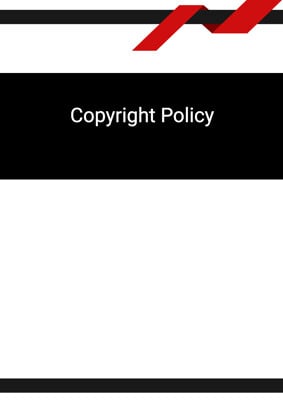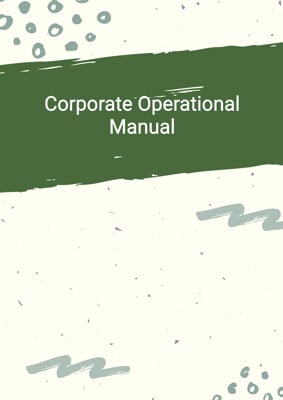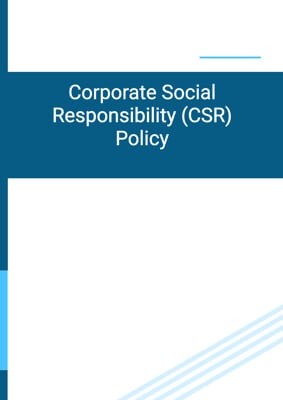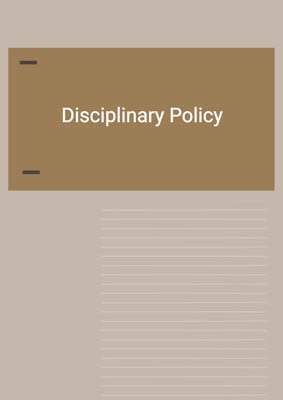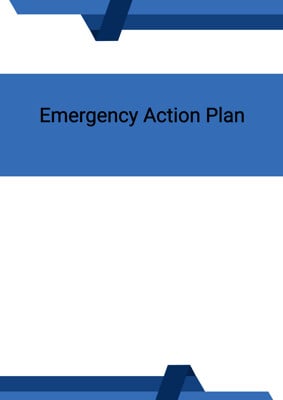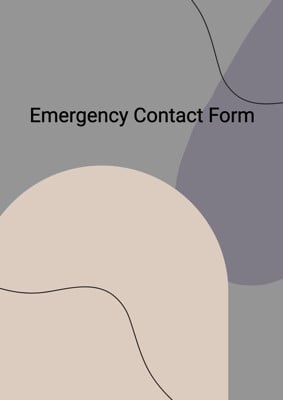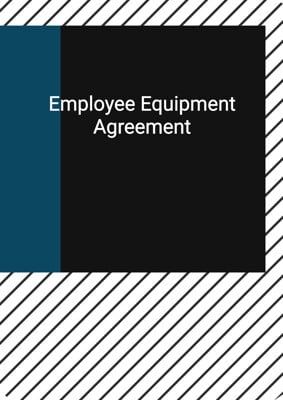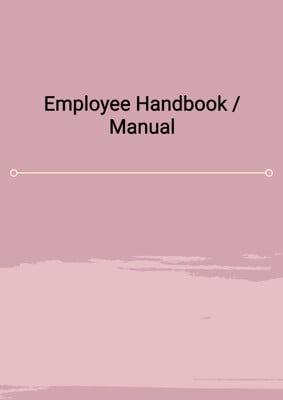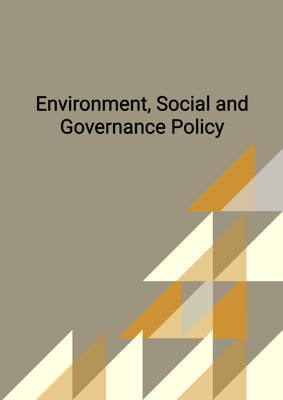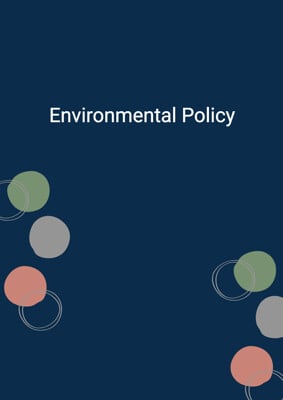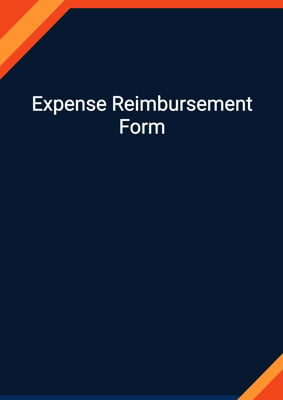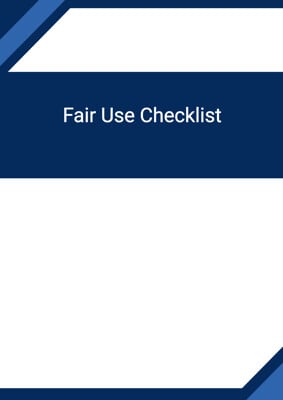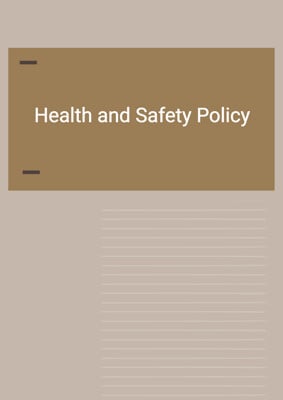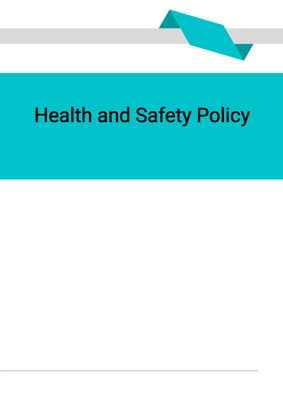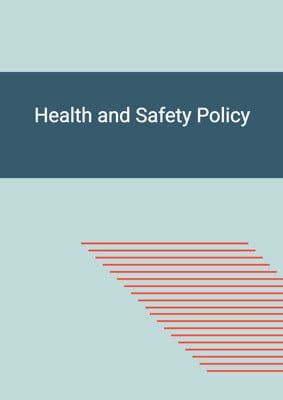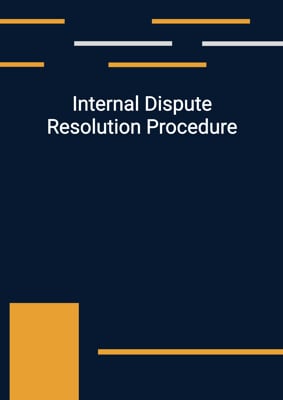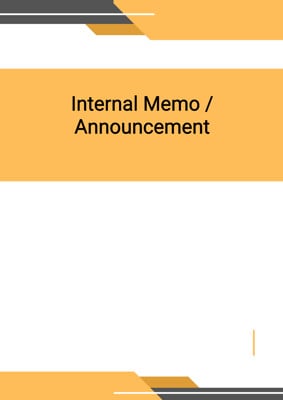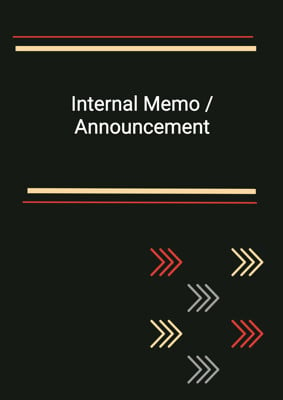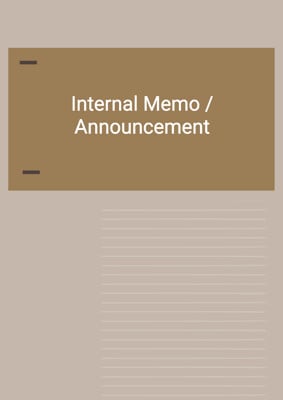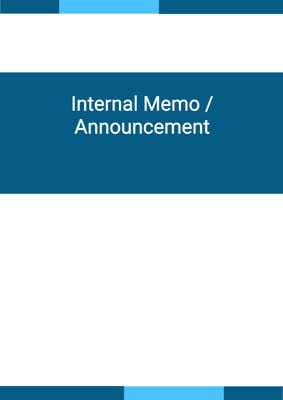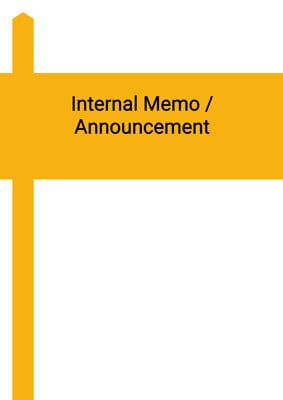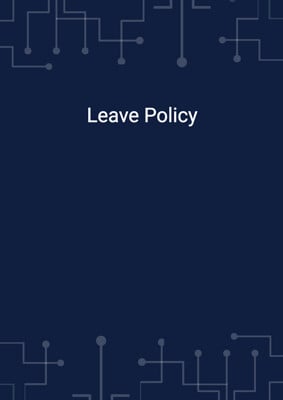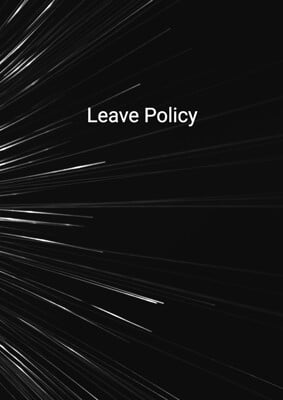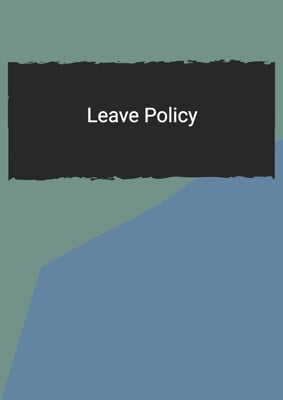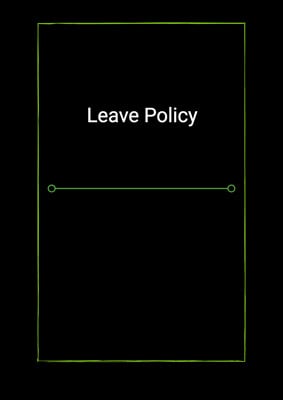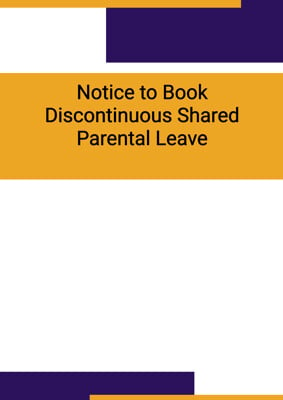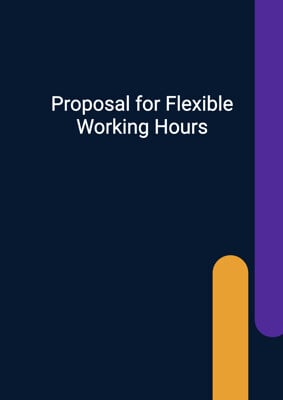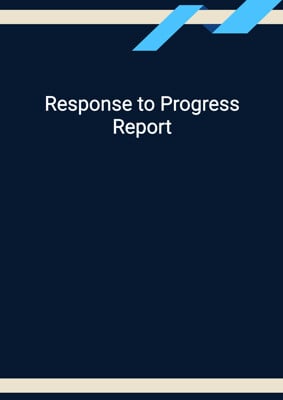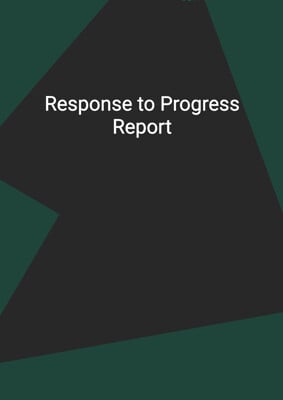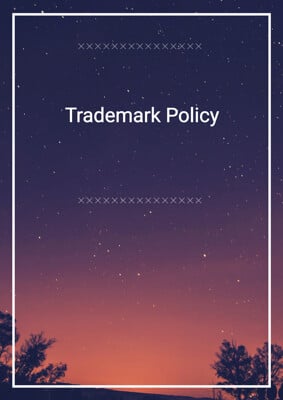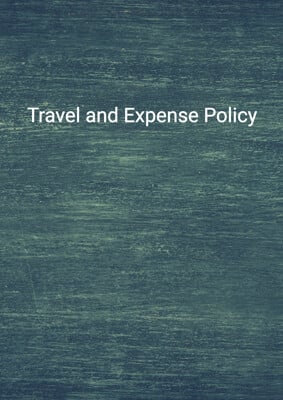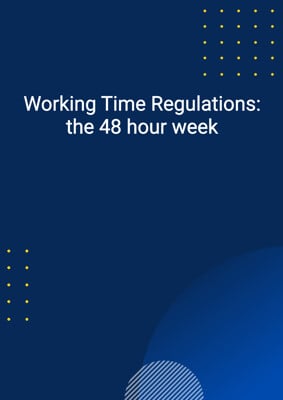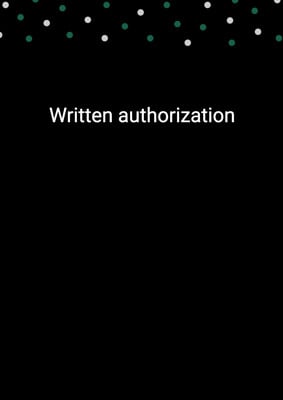
Leave Policy
Comprehensive / General Company Policy
Leave Policy template used by the employer. It outlines the company’s criterion and procedure for the employees to avail Annual Leave, Sick Leave, Bereavement Leave, Maternity and Paternity Leave, casual leave, study leave, sabbatical leave, statutory holidays/public holidays, unpaid leaves
How to Tailor the Document for Your Need?
01
Create Document
Click "Create Document" button and the document will be prepared with your account details automatically filled in.
02
Fill Information
Please fill in any additional information by following the step-by-step guide on the left hand side of the preview document and click the "Next" button.
03
Get Document
When you are done, click the "Get Document" button and you can download the document in Word or PDF format.
04
Review Document
Please review the document carefully and make any final modifications to ensure that the details are correct before publication / distribution.
Document Preview
Document Description
The 'Leave Policy' document is of utmost importance for the company as it outlines the rules and procedures for employees to avail different types of leave during their employment. The document starts with a purpose statement, emphasizing the company's responsibility to provide a work environment that facilitates work-life balance for its employees. It applies to all full-time and part-time employees of the company.
The document is divided into several sections, each focusing on a specific type of leave. The sections include Annual Leave, Sick Leave, Bereavement Leave/Compassionate Leave, Maternity and Paternity Leave, Casual Leave, Sabbatical Leave, Study Leave, Statutory Holidays/Public Holidays, and Unpaid Leave. Each section provides detailed information about the eligibility criteria, entitlements, procedures, and other relevant details.
For example, the Annual Leave section explains that employees can apply for annual leave for vacation or personal reasons. It specifies the eligibility criteria, such as completing the probation period, and the rate of accrual of annual leave. It also mentions the procedure to schedule annual leave, including the requirement to submit a request to the immediate supervisor at least 14 days in advance.
The document also covers termination of employment, stating that unused annual leave days cannot be taken during the notice period and will be made payable to the employees upon termination, subject to any dues owed by the employee to the company.
Overall, the 'Leave Policy' document provides comprehensive information about different types of leave, their entitlements, and the procedures to follow. It ensures that employees understand their rights and responsibilities regarding leave and helps maintain a fair and transparent leave management system within the company.
How to use this document?
Guidance on using the 'Leave Policy' document:
1. Familiarize yourself with the different types of leave: Read through the document to understand the various types of leave available, including Annual Leave, Sick Leave, Bereavement Leave, Maternity and Paternity Leave, Casual Leave, Sabbatical Leave, Study Leave, Statutory Holidays, and Unpaid Leave.
2. Determine your eligibility: Check the eligibility criteria mentioned for each type of leave to ensure you meet the requirements. For example, for Annual Leave, you need to complete the probation period, and for Sick Leave, you need a minimum period of continuous employment.
3. Understand the entitlements: Take note of the entitlements for each type of leave, such as the number of days or weeks you are eligible for. For Annual Leave, it is based on the length of annual leave working days.
4. Follow the procedure to apply for leave: Each section provides details on how to apply for leave. For example, for Annual Leave, you need to submit a request to your immediate supervisor at least 14 days before the intended start date of leave.
5. Be aware of any limitations or conditions: Pay attention to any limitations or conditions mentioned for each type of leave. For example, for Maternity Leave, it cannot be accumulated or used in installments.
6. Understand the termination of employment provisions: Familiarize yourself with the provisions related to leave upon termination of employment. Unused annual leave may not be taken during the notice period, and it will be made payable to you upon termination, subject to any dues owed.
7. Seek clarification if needed: If you have any questions or need further guidance, reach out to your human resources representative at the provided contact details.
Remember, the 'Leave Policy' document is a valuable resource that ensures fair and consistent leave management within the company. Use it as a reference whenever you need to understand or apply for different types of leave.
Not the right document?
Don’t worry, we have thousands of documents for you to choose from:
